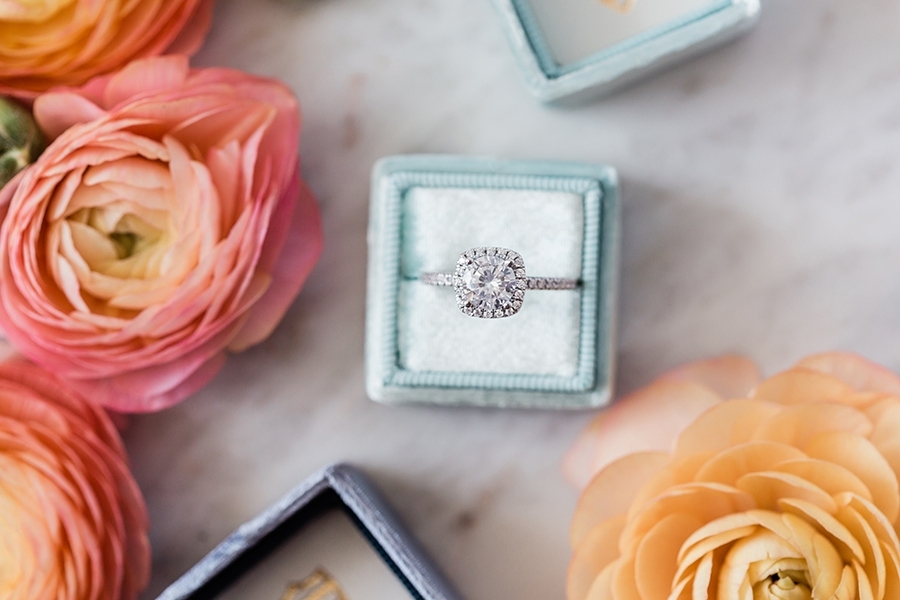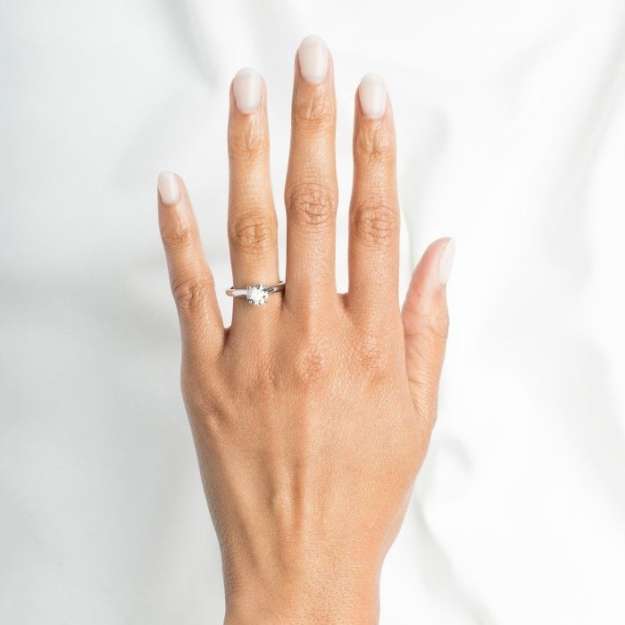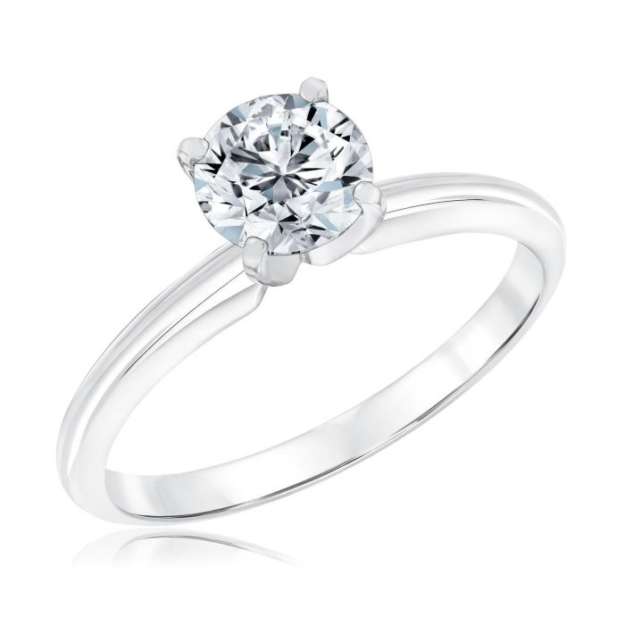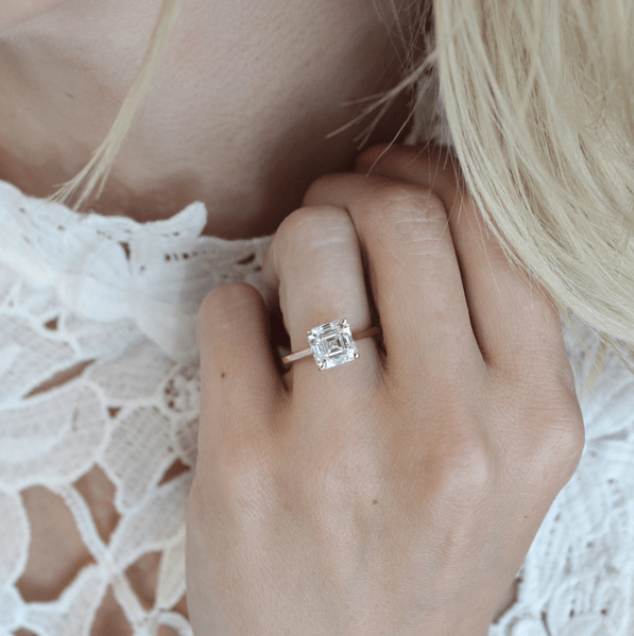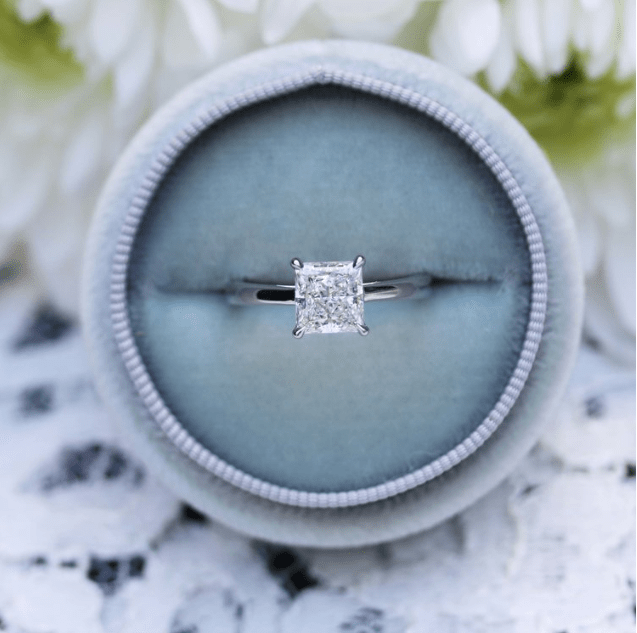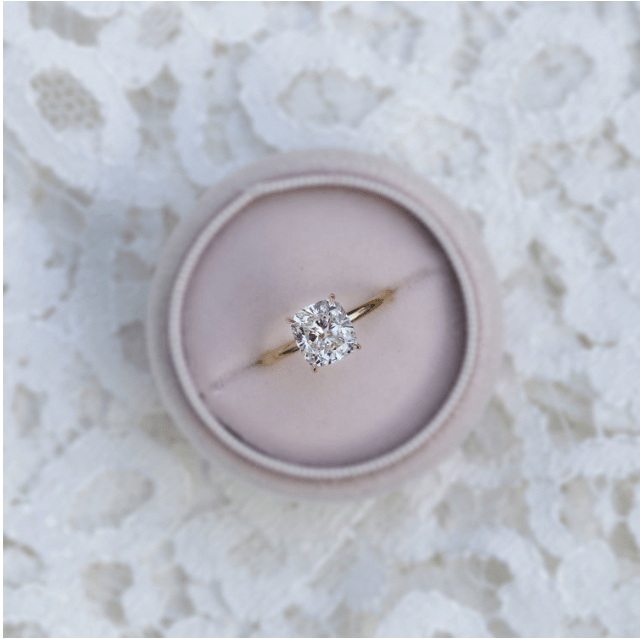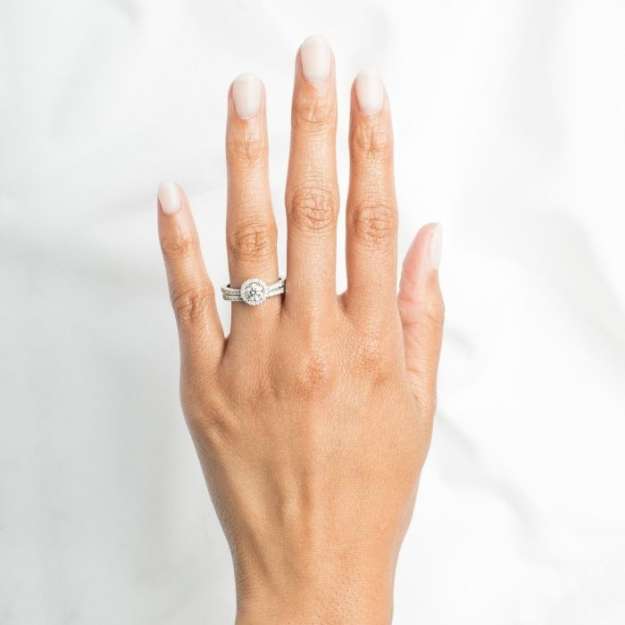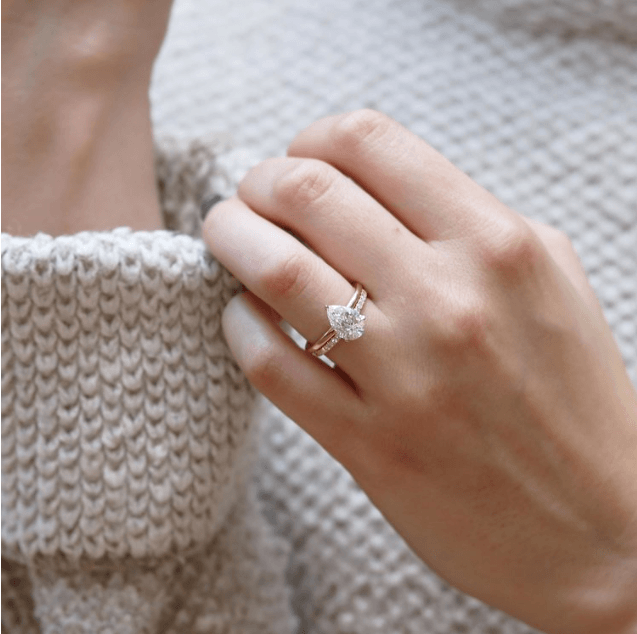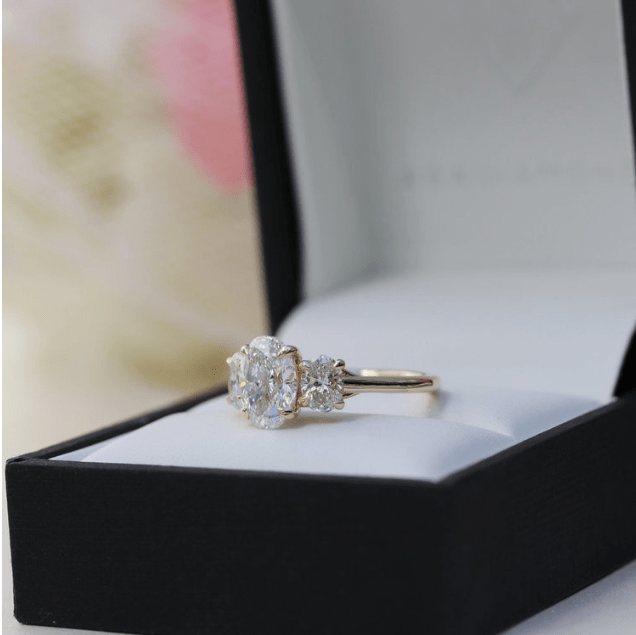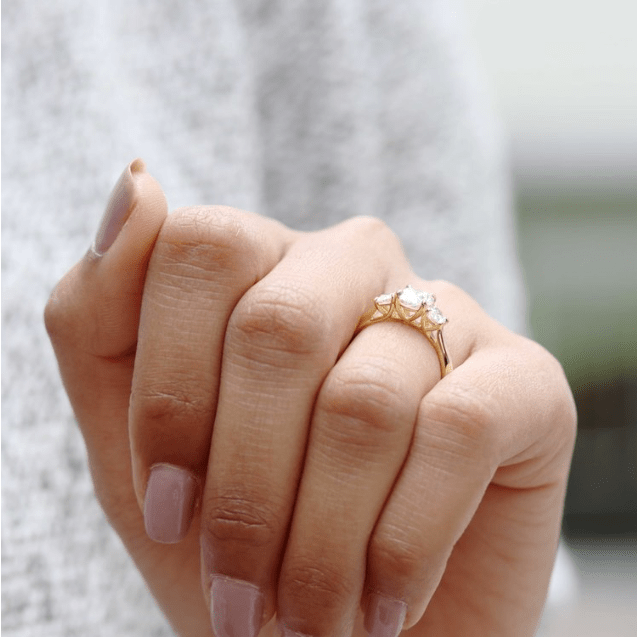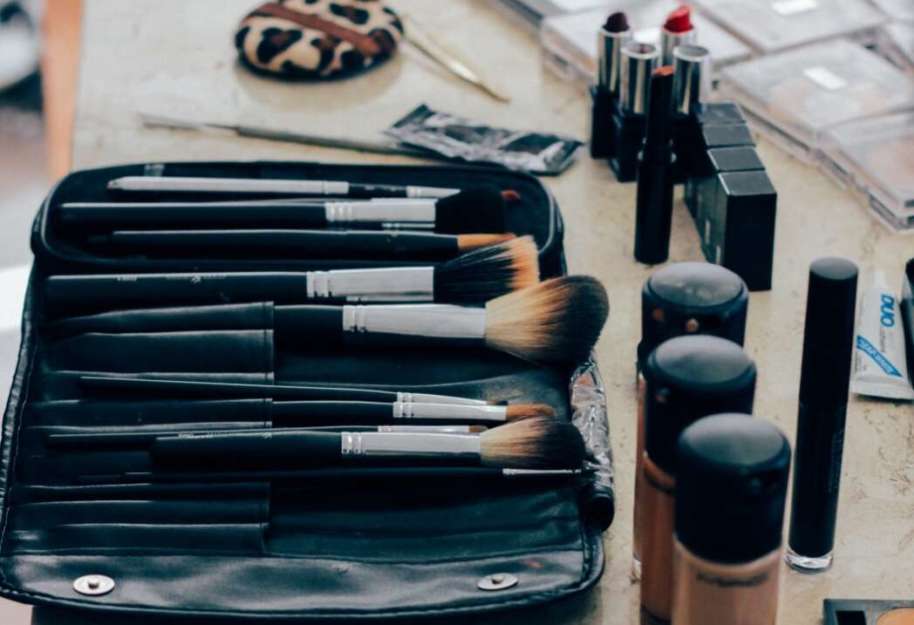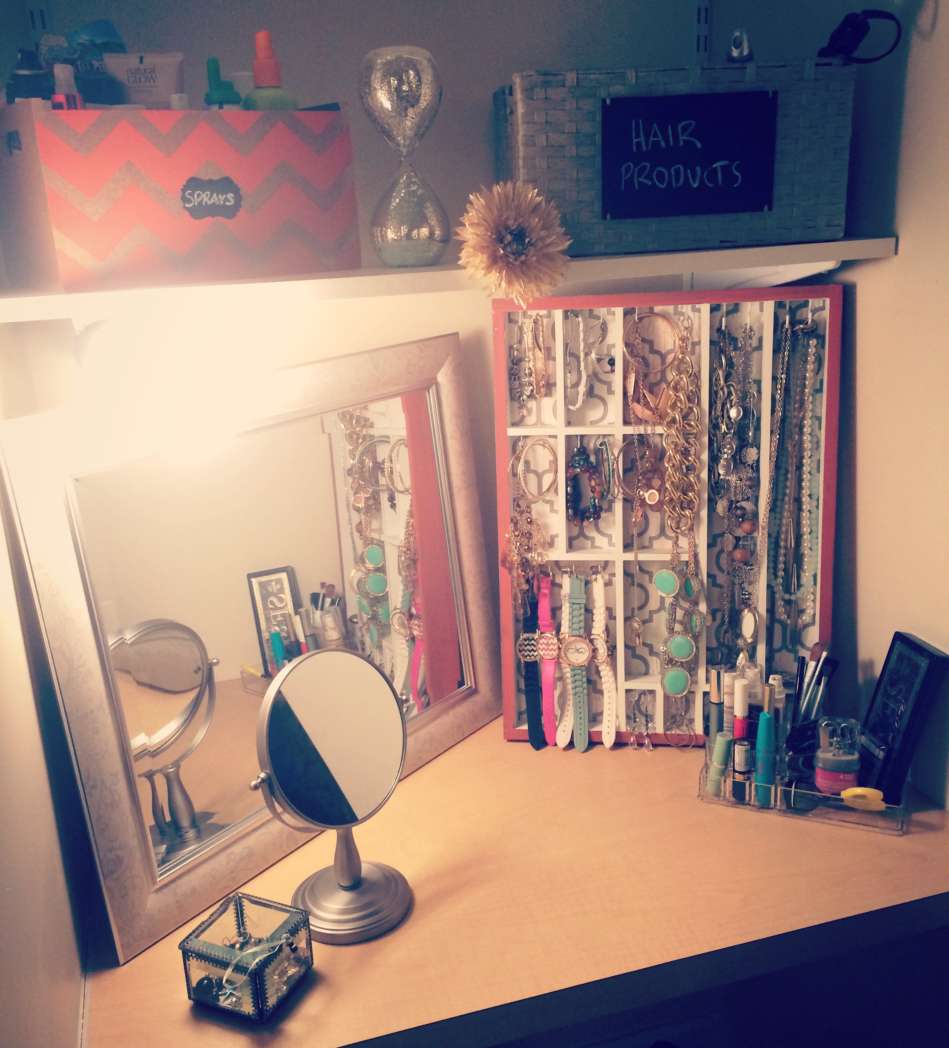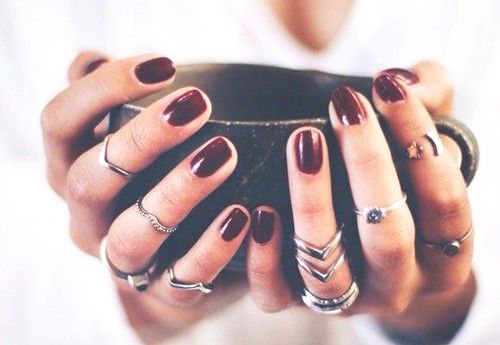A diamond is forever. Diamonds are a girl’s best friend. Or, in the eternal words of our royal highness Queen Bey, “If ya like it then ya shoulda put a ring on it.” As a 27-year-old, unengaged woman, I have repurposed the time that I am not using to plan my wedding into in-depth research (a cursory skimming of the Wikipedia page on organic and synthetic diamonds) on the diamond industry.
Here, I bring to you this hard-hitting pro and cons list. If you haven’t been wifed up yet, here’s some info for your future fiance, or for your Ariana Grande style spending spree to buy you and your seven best friends some diamonds. Do you like my bling? Gee thanks, the lab just grew it.
If you are not familiar with the American history of the engagement right, here is an article to bring you up to speed. Essentially it was a brilliant marketing campaign by De Beers Jewelers that would have made Don Draper eat his heart out. In pre-depression America, there was not much emphasis on engagement rings. After the De Beers marketing campaign where everyone learned about the 4 C’s (color, cut, clarity and carats) and how many months salary a man should drop on his lady love we have what we see today: the perfectly planned proposals, photo shoots, and ring posts. So let’s delve into the magical world of the pros and cons of lab-grown diamonds, shall we?
Pros of Lab Grown Diamonds:

1. They’re cheaper.
The most significant pro for most people is the fact that a synthetic diamond typically costs 30% less than an organic diamond of the same carat size. Plus, without special tools, people cannot tell the difference between a synthetic diamond and an organic one. They can be chemically, physically and optically identical to naturally occurring diamonds. So when you flash your lab-grown rock to the world it can be your little secret how it was made. Plus you can spend that saved money on a ballin’ honeymoon, put it towards a house, or towards the ‘getting Ed Sheeran to perform at the wedding’ fund.
2. Science!
Organic diamonds were created some 2 billion years ago, sometimes as deep as 500 miles inside of the earth’s mantle (hello 4th-grade science class, I knew you’d come in handy again someday). Under high pressure and temperature, carbon-containing fluids dissolved minerals and replaced them with diamonds. Then, tens to hundreds of millions of years later they were carried to the surface during volcanic eruptions and deposited in rocks.
Synthetic diamonds are created in a laboratory that mimics what mother nature does wayyyy faster. The two most common methods of production are HPHT or CVD. HPHT (High pressure, high temperature) exposes carbon to um, high pressure and high temperature. What an apt name! This works by placing diamond seeds at the bottom of a press. The internal part of the press is heated above 1400 °C and melts the solvent metal. The molten metal dissolves the high purity carbon source, which is then transported to the small diamond seeds and precipitates, forming a large synthetic diamond.
CVD (Chemical vapor deposition) actually grows a diamond from a hydrocarbon gas mixture. I am not a chemist, so Wikipedia goes on to explain what happens and uses fancy chemistry words like substrate and gas ratios… alas, I only kind of know what the periodic table looks like so I got bored and stopped reading. HOWEVER, all my STEM chemist people out there feel free to research further and then grow me a diamond, kthxbye.
3. No human rights were abused in the making of this diamond.
The organic diamond supply chain is controlled by a limited number of powerful companies, and diamond mining is limited to a small number of highly concentrated locations around the world. In some of the more politically unstable African and West African countries, revolutionary groups have taken control of local diamond mines, using the proceeds from the diamond sales to finance their operations. These diamonds are known as conflict or blood diamonds.
Child labor is also a widely reported and highly criticized facet of the diamond industry.
Children are employed in both mines and during the polishing process in deplorable conditions mainly in India and Africa. Children are put to work at repetitive manual tasks that do not require years of specialized training. They are low-paying, hazardous and monotonous jobs that eliminate the ability to obtain an education for most children placed in these positions.
Cons of Lab Grown Diamonds:

1. Didn’t take billions of years to create.
The way organic diamonds are created in the bowels of mother earth a bajillion years ago and spurted out by a motherfuckin volcano less bajillions of years later is pretty freakin’ badass (more detailed scientific explanation with less profanity can be found in the ‘Science!’ section of this post). We are all made of stardust, and walking around with a small piece of stardust that is 2 BILLION years old on your finger to represent eternal love just sounds… so much more romantic than something blasted together in a lab last week.
2. Poor resale value.
A lot of the research I did said that synthetic diamonds have no resale value, whereas organic diamonds can be sold at a later date if your one true love spurns you at the altar or something. I am not certain how accurate this is, because I can’t imagine that Rick down at the pawn shop has the equipment necessary to tell the difference. But if you tried to resell at a legit jeweler you may be turned down.
3. Less color variety.
Colors in organic diamonds are created by impurities or structural defects that can either detract or enhance a diamond’s value but because of nature and stuff they can come in a TON of different colors such as gray, white, blue, yellow, orange, red, green, pink to purple, brown, and black. Lab-grown diamonds use nitrogen (actually what causes a lot of color diversity in organic diamonds too!), boron, or irradiation after the diamond has been created. Lab-grown diamonds can be yellow, pink, orange, green, and blue. So if you want a black diamond like my soul, you’re gonna have to go with organic, darling.
Neutral:

I couldn’t decide if this was cool or creepy but some companies let you add cremated remains to the synthetic diamond process, called “Memorial Diamonds”. So. You can wear your deceased loved one around with you every day #zombiediamond
I just want you to know that after all of this research into the diamond industry, my targeted ads are pretty much entirely engagement ring related. FML but it just goes to show that I am THAT dedicated to YOU, our loyal readership.
I hope you learned a little bit about organic and synthetic diamonds and that it leads you to make informed decisions on your future diamond purchases. I’ve included some gorgeous lab-grown gem options from Zales below to peruse at your leisure (but don’t do too much diamond googling because those are the only ads you will get for the rest of your life. Literally, it’s diamond engagement rings and cat toy ads for me over here which is ironic because I’ll probably die a diamondless cat lady buuuut c’est la vie).
For some great lab-grown engagement rings, check out a few options below:
Lab-Grown Diamond Solitaire Engagement Ring
Lab-Grown Asscher Cathedral Solitaire Engagement Ring
Link: https://www.adadiamonds.com/lab-diamond-engagement-rings/asscher-cathedral-solitaire-188
Lab-Grown Round Diamond Halo Split Shank Engagement Ring
Lab-Grown Cushion Solitaire Engagement Ring
Link: https://www.adadiamonds.com/lab-diamond-engagement-rings/cushion-cathedral-solitaire-221
Lab-Grown Round Diamond Halo Engagement Ring
Lab-Grown Pear Solitaire Engagement Ring
Link: https://www.adadiamonds.com/lab-diamond-engagement-rings/pear-solitaire-187
Lab-Grown Three Stone Opal Engagement Ring
Link: https://www.adadiamonds.com/lab-diamond-engagement-rings/three-stone-oval-setting-158


